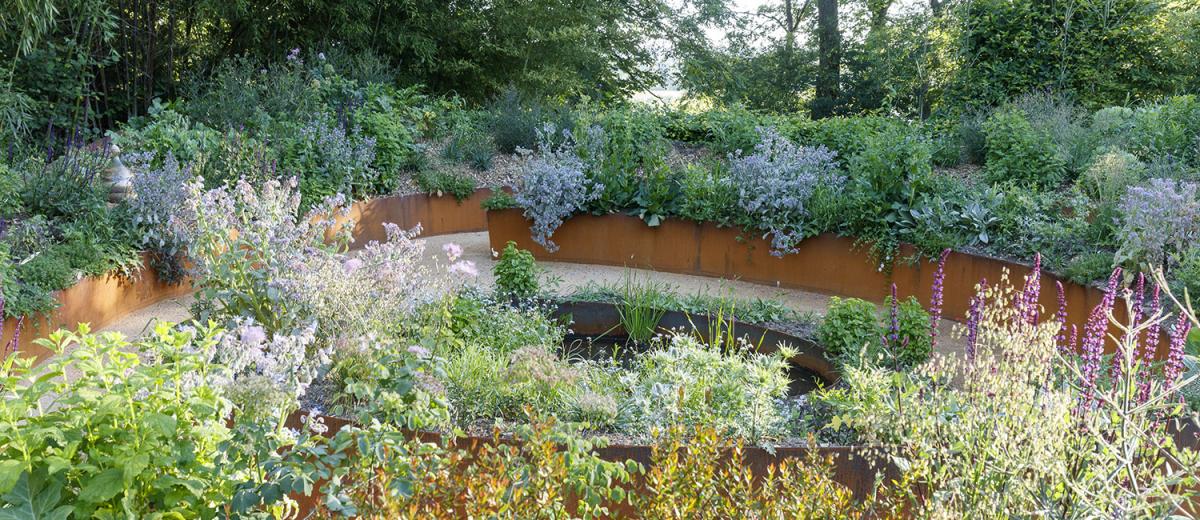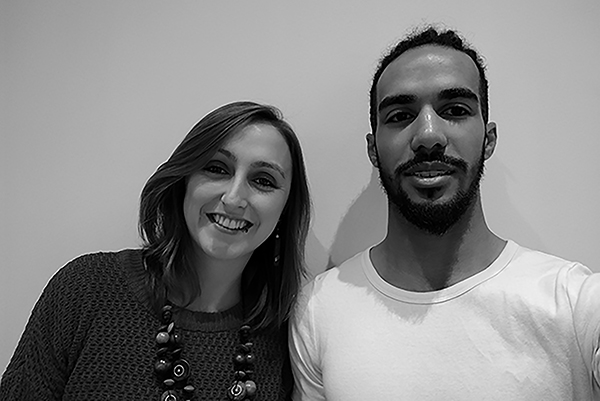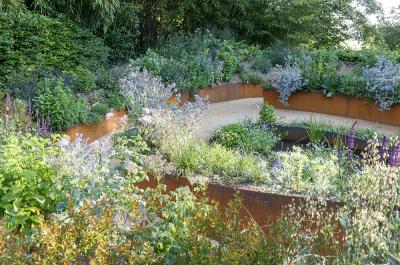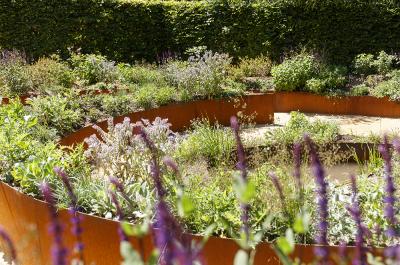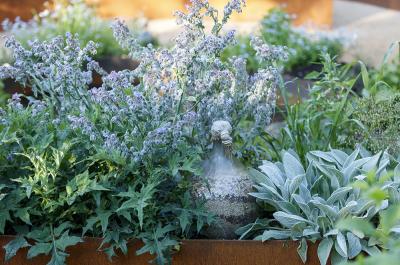Moray is an ancient Incan agricultural laboratory made up of terraces cut into the ground following the natural contours of the Andean landscape. This arrangement creates a series of different micro climates ranging from the centre to the edge of the structure. But beyond the aim of improving yields, this site is primarily a symbol of the close ties between the Incas and Pachamama, their Mother Earth. Goddess of the earth and fertility, she set water on earth as a blood circulatory system. Her mouth, “la Boca”, is the channel leading to her heart. Once a year, the Pachamama ritual takes place to thank the goddess for her generosity by making offerings to “la Boca”. At the heart of this garden, a pool in the shape of a seed represents “la Boca”. Around her, rise several terraces of fertile soil. The garden is both nourishing and benevolent. As well as being planted for their aesthetic beauty, some plants in this garden are edible or medicinal. Several glass storage jars full of seeds also make reference to farming expertise. We must collaborate with nature to fight the problems that confront us. And to do that, it is essential to recognise and use seeds, which come from the earth and are returned to it.
DESIGNERS
Marie PREUX, landscape architect, and Florent KOUASSI, landscape architecture student
BELGIUM
Marie Preux
“When people used to ask me what I wanted to do when I grew up, I often said that I wanted to make and invent things. Since I was very small I have also been very aware of nature and the environment, and especially plants. The profession of landscape architect seemed an obvious path to follow. I started my training with a technical diploma in landscaping before taking the advice of one of my teachers and moving to Belgium, where I was able to learn to design larger public spaces. As I learnt more, I increasingly wanted to understand how to work in the landscape on a larger scale while addressing current environmental challenges. That’s why in 2015 I decided to enrol on a Masters degree in landscape architecture at Gembloux Agro-Bio Tech at the University of Liège. Here my training was more scientific and focused on ecology. During this course, I had the opportunity to represent landscape architecture students as president of the CAP (Cercle des Architectes Paysagistes). It was also here that I met Florent Kouassi, who became my vice president at CAP, friend and co-worker. I graduated in 2018 and spent nearly a year working for XMU-urbanistes where I worked at all levels on analysing, understanding and improving land. I am of course still interested in plants, and I try to pay as much attention as possible to planting and being environmentally friendly.”
Florent Kouassi
“I am a practical man, so I wanted to start my training with a vocational pathway leading to a diploma in landscaping. However, as I also wanted to know everything there is to know about all jobs connected to landscaping, I took a foundation course in landscaping in Montreuil followed by a Masters in landscape architecture, for which I’m still studying. This last course took me to Belgium in 2014, where I discovered a completely different culture and vision of the landscape. It was there that I decided to join CAP along with Marie Preux, and I became vice president. During our term, we had the opportunity to organise exhibitions on the theme of landscape, lectures, and visits, as well as events designed to help landscape architecture students have a higher profile in the University, which we thought was important. Trained by Erik Dhont and Hiroshi Naruse, among others, I was able to develop skills in composition, art appreciation and horticulture which, in my view, are the most important foundations of landscape design.”
